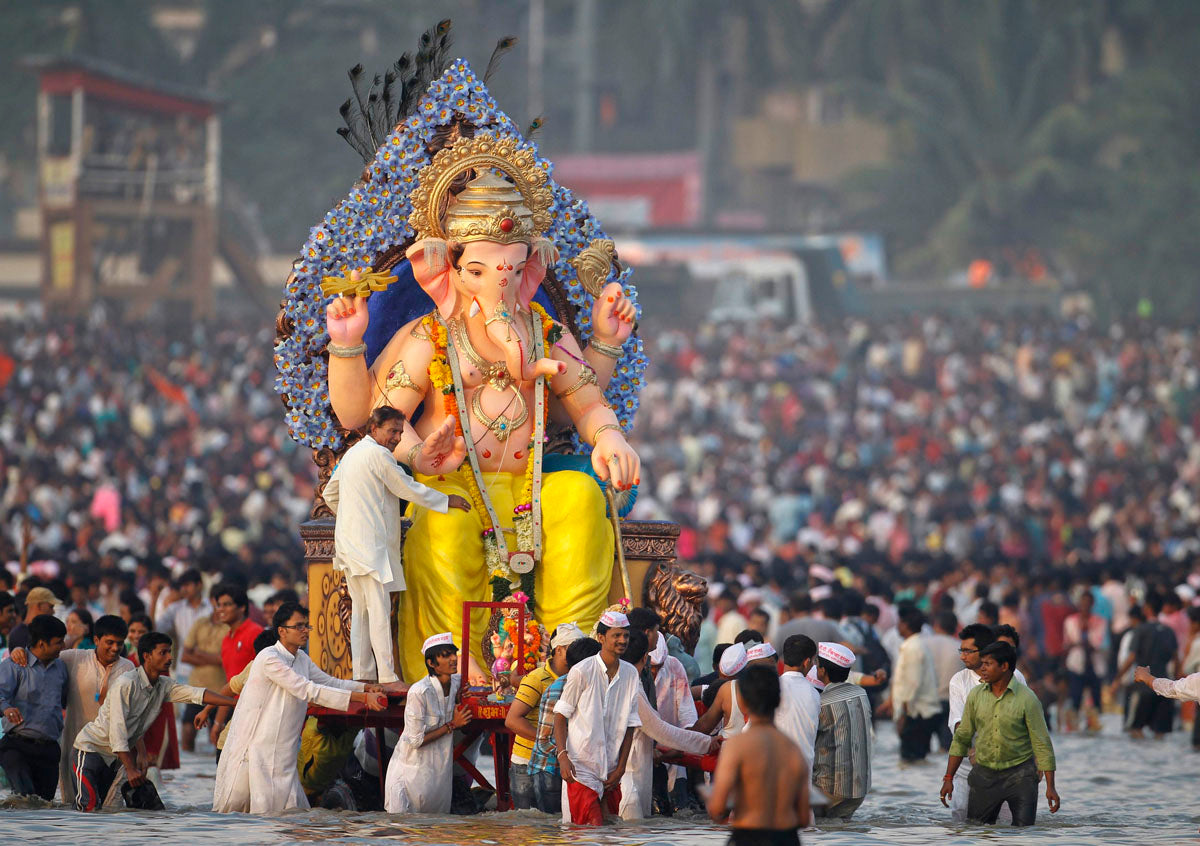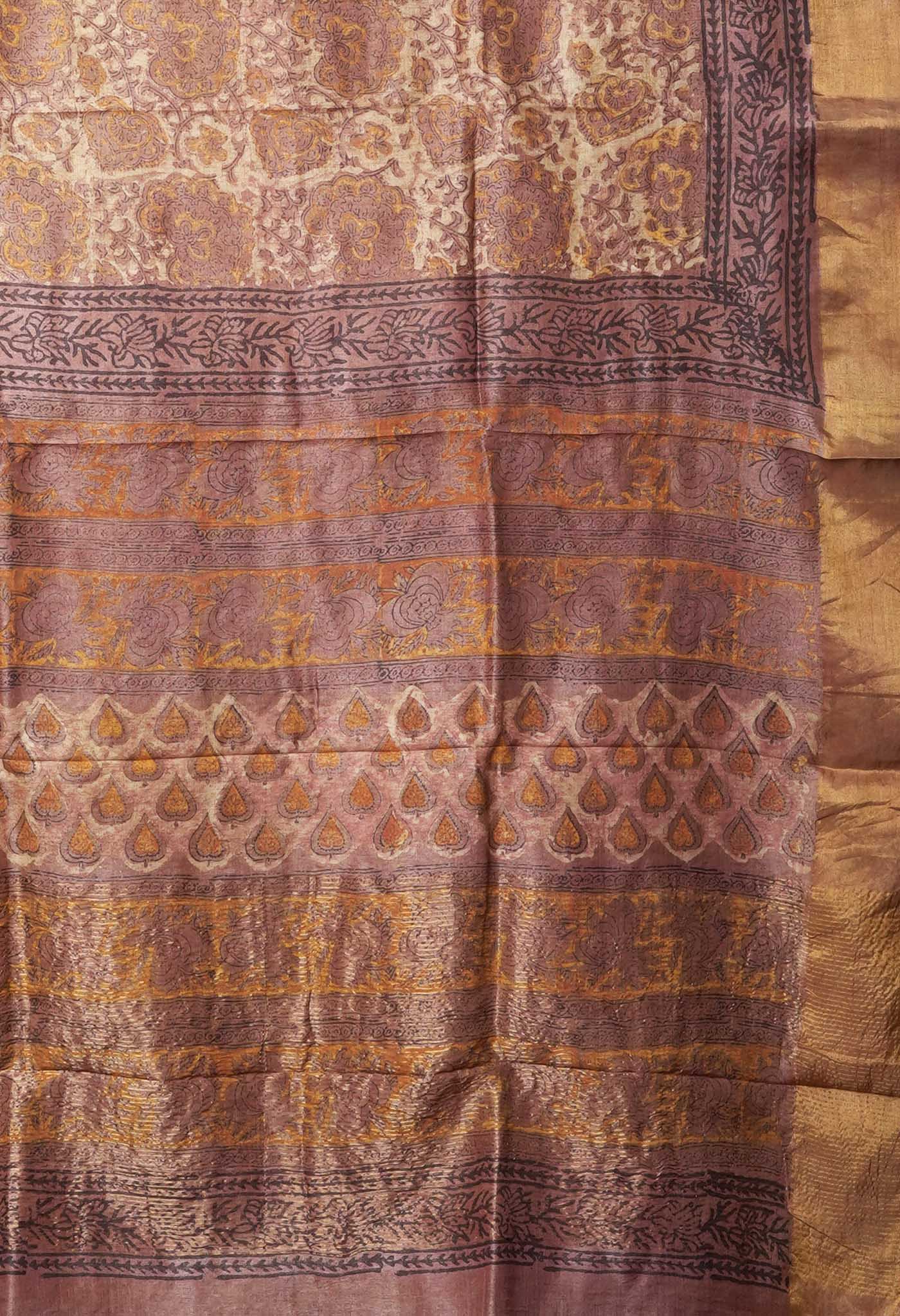
Visiting the 12 Jyotirlingas of Lord Shiva across India
Shree Dwadasha Jyotirlingam Stotram
सौराष्ट्रे सोमनाथं च श्रीशैले मल्लिकार्जुनम् ।
उज्जयिन्यां महाकालम्_ॐकारममलेश्वरम् ॥१॥
परल्यां वैद्यनाथं च डाकिन्यां भीमाशंकरम् ।
सेतुबंधे तु रामेशं नागेशं दारुकावने ॥२॥
वाराणस्यां तु विश्वेशं त्र्यंबकं गौतमीतटे ।
हिमालये तु केदारम् घुश्मेशं च शिवालये ॥३॥
एतानि ज्योतिर्लिङ्गानि सायं प्रातः पठेन्नरः ।
सप्तजन्मकृतं पापं स्मरणेन विनश्यति ॥४॥
Meaning –
(1) Somanath in Saurashtra and Mallikarjunam in Shri-Shailam; Mahakaal in Ujjain, Omkareshwar in Amleshwar.
(2) Vaidyanath in Paralya and Bhimashankaram in Dakinya; Ramesham (Rameshwaram) in Sethubandh, Nagesham (Nageshwar) in Darauka-Vana.
(3) Vishvanath in Vanarasi, Triambakam at the bank of the river Gautami; Kedarnath in the Himalayas and Gushmeshwar in Shivalaya (Shiwar).
(4) One who recites these Jyotirlingas every evening and morning gets relieved of all sins committed in past seven lives.
It is believed that one, who visits these 12 Jyotirlinga temples mentioned in the Sloka, gets all his wishes fulfilled and attains Moksha as Maheshwara (Shiva) gets pleased by the worship.
At all the 12 sites mentioned in the sloka, the primary image is the lingam representing the beginning less and endless Stambha. Lingam is an abstract representation of Lord Shiva, used for worship in temples, smaller shrines or as self-manifested natural objects. In traditional Hindu society, the Lingam is seen as a symbol of energy and the potential of Lord Shiva himself. Stambha is believed to be the cosmic column that acts as a bond joining heaven and earth.
The Jyotirlinga
Lord Shiva first manifested himself as a Jyotirlinga on the night of the Aridra Nakshatra. Hence the special reverence for the Jyotirlinga. The Jyotirlinga is the supreme partless reality, out of which Lord Shiva partly appears. The Jyotirlinga shrines, thus are places where Shiva appeared as a fiery column of light. Originally there were believed to be 64 Jyotirlingas, 12 of them are considered to be very auspicious and holy. Each of the twelve Jyothirlinga sites take the name of the presiding deity - each considered a different manifestation pillar, symbolizing the infinite nature of Shiva.
Presenting the 12 Jyotirlingas across India.
1.Somnath
Somnath is a pilgrim town in Gujarat, 80 kms from Junagadh, a few kilometers from the Port city of Veraval. The Jyotirlinga Shiva temple overlooks the Arabian sea. A large fair held on the full moon of Kartik Purnima in November/December is a major draw. There are a number of other temples around Somnath (Bhalka Tirth, Triveni Sangam) that are visited by pilgrims as a part of a pilgrimage trip. Close-by places include Dwarka (230 kms), Diu (90 kms) and Sasan Gir (62 kms).
2.Ghrishneshwar/ Grushneshwar
This pilgrimage site is located at a village called Verul, 11 km from Daulatabad (Devagiri) and 30 km from Aurangabad. It is also close to the Ellora caves. The temple stands as an illustration of the pre-historic temple traditions, their architectural style and structure. The inscriptions on the temples are a source of much attraction to ardent travellers. The temple, built of red rocks, is composed of a five tier shikara. Restored in the 18th century by Ahilyabai Holkar, the temple is 240 x 185 feet tall. It houses beautiful carvings and sculptures of many Indian Gods and Goddesses. Holy water is known to spring from inside the temple.
An ardent devotee of Lord Shiva, Ghushma ( a village leader)and later on, Goutamibal (Bayajabai) and Ahilyadevi Holkar renovated the Grishneshwar temple. The 240 ft x 185 ft temple is strong and beautiful with halfway up the temple, the Dashavatars and other beautiful images being carved out on pillars. The court hall is built on 24 pillars and these too have wonderful carvings. The Garbhagriha measures 17 ft x 17 ft. with the Lingamurti facing eastward. There is a gorgeous Nandikeshwara in the court hall.
3.Kedarnath
Kedarnath is one of the famous pilgrim spots, in northern India at an altitude of 3,584 m above sea level in Rudraprayag district, Uttaranchal, India. Kedarnath is one of the major Joytirlingas, nestled in the green hills of the Himalayas. This is one of the four pilgrim spots in India, which as per belief, every Hindu must visit to attain salvation. The other famous spots nearby this spot are Chamoli district near Rudraprayag district, Rishikesh (234 km) and Dehradun (250 km).
The Kedarnath temple was built by Adi Guru Sankaracharya in the 8th century. The architecture of the temple is of unusual delicacy and craftsmanship. Large grey stone slabs form the temple’s walls and are decorated with scenes from mythological stories and the images of deities. The sanctum sanctorum of the temple houses the Ling in conical shape. It also has a Garbha Griha and a pavilion for gatherings.
 4.Trimbhakeshwar
4.Trimbhakeshwar
Trimbak where the Trimbakeshwar Shiva Temple is located, is a city and a municipal council in Nashik District in Maharashtra. Trimbakeshwar town is an ancient Hindu Pilgrim centre and at the source of the Godavari river. The town is appealing with natural attractions. It is at the foothills of amazing Brahmagiri & Gangadwar mountains nestled among lush green woody trees and picturesque environments. The serene ambiance and the pleasant climate also make it a visiting spot for nature loving tourists.
The Simhastha Kumbh Mela in the Nashik district was originally held at Trimbak, but after a 1789 clash between Vaishnavites and Saivites over precedence of bathing, the Maratha Peshwa shifted the Vaishnavites' bathing place to Ramkund in Nashik city. The Shaivites continue to regard Trimbak as the proper location of the Mela. The extraordinary feature of the Jyotirlinga located here is that the Linga in the temple is in the form of a three faced God embodying Tridev, Lord Brahma, Lord Vishnu and Lord Shiva. All other Jyotirlingas have Shiva as the main deity. The Linga is adorned with a jewel studded crown believed to be from Pandavas. The crown is adorned with diamonds, emeralds, and many other types of precious stones.
5.Kashi Vishwanath
The Kashi Vishwanath Temple, one of the most famous Hindu temples dedicated to Lord Shiva is located in Varanasi, Uttar Pradesh, India. The temple stands on the western bank of the holy river Ganga, and is one of the twelve Jyotirlingas. The main deity is Vishwanatha or Vishveshvara meaning Ruler of The Universe. Varanasi city is also called Kashi, and hence the temple is popularly called Kashi Vishwanath Temple.
Since 1983, the temple has been managed by the government of Uttar Pradesh. During the religious festival of Shivratri, Kashi Naresh (King of Kashi) is the chief officiating priest and no other person or priest is allowed to enter the temple sanctorum before him. It is only after he performs his religious functions that others are allowed to enter.
6.Srisailam
Srisailam is an ancient pilgrimage center situated on the Nallamalai Hills of Kurnool District of Andhra Pradesh. It is a temple town situated on the southern bank of the River Krishna and is 212 Kms south of Hyderabad city. Famous for the Mallikarjun Swamy Jyotirlinga and many of its related temples it dates back to the medieval times.
Srisailam is at an altitude of 409 meters above sea level. The best time to visit Srisailam is between November and March. The winter months here are comfortable, with temperatures between 14 to 28 degrees Celsius during, which tourists throng the place.
7.Nageshwar
The temple of Nageshwar Jyotirling is 12 Km on the way from Gomti – Dwarka to Bet – Dwarka on the Saurashtra coast, in Gujarat, India. The Jyotirlinga enshrined in the Temple of Nagnath is known as Nageshwar Mahadev and attracts thousands of pilgrims all round the year. This powerful Jyotirlinga symbolizes protection from all poisons. It is said that those who pray to the Nageshwar Linga become free of poison. The Rudra Samhita sloka refers to Nageshwar with the phrase 'Daarukaavane Naagesham'.
This Sivalingam is facing South, with the Gomugam facing East. Story goes that a devotee by name Naamdev was singing bhajans in front of the Lord. Other devotees asked him to stand aside and not stand covering the Lord. To this Naamdev asked them to suggest one direction in which the Lord does not exist, so that he could stand there. The enraged devotees carried him and left him on the south side. To their astonishment, they found that the Linga was now facing South with the Gomugam facing east.
Lord Shiva resides there eternally by the name of Nageshwar with Goddess Parvati as Nageshwari. According to the Shiv Purana who ever with devotion reads the birth and greatness of this Jyotirlinga will achieve all material happiness and shall get divine status in the end.
[/vc_column_text][/vc_column][/vc_row][vc_row][vc_column][vc_video link="https://www.youtube.com/watch?v=monzT4glDOI"][/vc_column][/vc_row][vc_row][vc_column][vc_column_text]
8.Mahakaal
The Mahakaleshwara Temple is located by the banks of river Kshipra, in the dense Mahakal forests in Ujjain, Madhya Pradesh. It is an important Shaivaite pilgrimage centre in North India and is revered as one of the 12 Jyotirlinga manifestations of Shiva.
According to an episode narrated in Puranas, a five-year-old boy named Shrikar was enthralled seeing the devotion of King Chandrasena of Ujjain towards Lord Shiva. Shrikar took a stone and by considering it a Linga started worshipping it regularly. Others thought that his worship as merely a game and tried to dissuade him in all ways. But all the efforts went in vain. On the contrary, devotion of Shrikar increased with every passing day. Pleased by the boy’s devotion Lord Shiva assumed Jyotirlinga form and resided in the Mahakal forest then on.
Bhagwan Mahakaleshwar Temple is located near a lake and has a spacious courtyard surrounded by massive walls. The temple has five levels, one of that is underground. Brass lamps light the way to the underground sanctum or Garbha Griha where the Jyotirlinga is situated. The Linga is quite big in size and is encircled by a snake of silver. On one side of the Linga there is the idol of Lord Ganesha while on the other side, idols of Goddess Parvati and Kartikeya are installed. The shikhara of temple is adorned with sculptural finery.
9.Omkarnath or Omkareshwar
Omkareshwar is one of the 12 revered Jyotirlinga shrines of Shiva. It is on an island called Mandhata or Shivapuri in the Narmada river; the shape of the island is said to be like the Hindu ॐ symbol. It is situated in the Khandwa district of Madhya Pradesh, about 20 km from Mortakka.
There are two temples here, one to Omkareshwar (whose name means "Lord of Omkaara or the Lord of theOm Sound") and one to Amareshwar (whose name means "Immortal lord" or "lord of the Immortals or Devas"). But as per the sloka on Dwadash Jyotirligam, Mamleshwar is the Jyotirling, which is on other side of Narmada river.
Omkareshwar temple is the main attraction of the pilgrims. In fact the town owes its very existence to this temple. The temple has a grand Sabha Mandap (meeting or prayer hall) standing on about 60 huge brown stone pillar (14 feet high), elaborately carved with a curious frieze and fillet of satyr like figures. Many of them have broad shoulders and meditating foreheads. The temple is 5 storeyed each having a different deity. There are three regular ‘Pujas’ in the temple.
10.Baijnath
Baidyanath Jyotirlinga temple, also known as Baba dham and Baidyanath dham is one of the twelve Jyotirlingas, the most sacred abodes of Shiva. It is located in Deoghar in the Santhal Parganas division of the stateof Jharkhand, India. It is a temple complex consisting of the main temple of Baba Baidyanath, where the Jyotirlinga is installed, and 21 other temples.
11.BheemaShankar
Bhimashankar Temple is a Jyotirlinga shrine located 50 km northwest of Khed, near Pune. The temple is a black rock structure built in the Nagara style of architecture dates back to the mid 18th century. There is a shrine of Kamalaja (incarnation of Parvati) near the Bhimashankara temple, which is also visited along with. The temple gets a large number of pilgrims visiting on the day of Mahashivaratri. The temple is set around Bhimashankar Wildlife Sanctuary, is a popular nature centric getaway and has been a local trekking hub for many years.
12.Rameswaram
The religious island is spread in an area of 61.8 square kilometers and happens to be in the shape of a conch. The Ramanatha Swamy Temple occupies a major area of Rameshwaram. Rameshwaram is the place from where Lord Rama, built a bridge across the sea to rescue his consort Sita, from her abductor, Ravana. This is the place where Rama installed the Linga, when he was on his way to attack Ravana. Later he also worshipped Lord Shiva to cleanse away the sin of killing Ravana. Both the Vaishnavites and Shaivites visit this pilgrimage which is known as the Varanasi the south.
[/vc_column_text][/vc_column][/vc_row][vc_row][vc_column][vc_gallery type="flexslider_slide" interval="3" images="13645,13644,13646,13647,13648,13649" img_size="800*545"][vc_column_text]
Plan a trip, see to the arrangements, take the name of Lord Shiva and start off with an easy mind. The Lord will definitely bestow his kindness and see that you complete the entire trip of 12 Jyotirlingas successfully and reap utmost happiness in this birth and later.
[/vc_column_text][/vc_column][/vc_row]


































































































